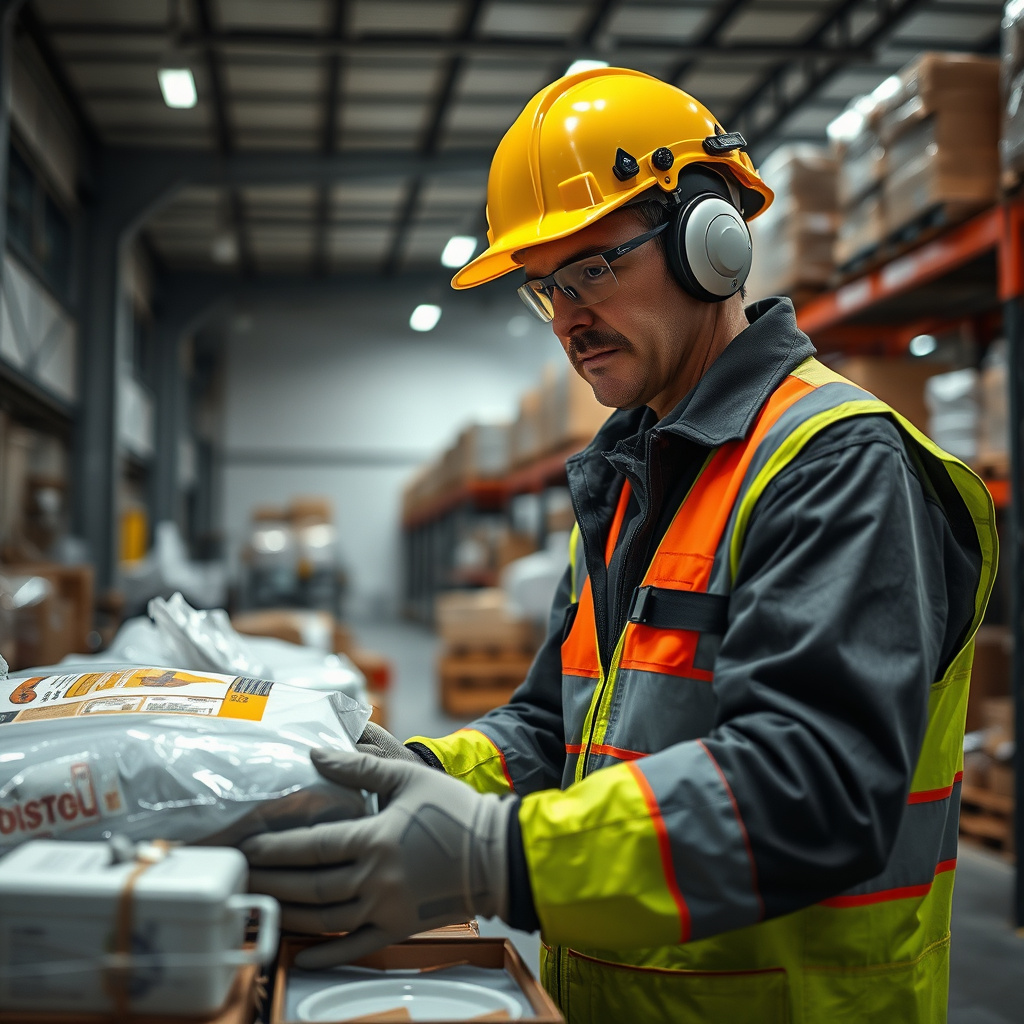Understanding Soy Lecithin Quality Control
Soy lecithin quality control is an essential aspect of the production process, ensuring that the lecithin meets the strict standards required for food-grade applications. This process encompasses a series of rigorous testing and monitoring to verify that the lecithin produced is safe for consumption and free from contaminants. The significance of quality control in soy lecithin production cannot be overstated, as it directly impacts the overall quality of the final product.
Importance of Raw Material Selection
The quality of soy lecithin begins with the selection of raw materials. High-quality soybeans are crucial for producing lecithin that meets food-grade standards. Suppliers must ensure that the soybeans are sourced from reputable farms that practice sustainable agriculture. This initial step in the quality control process lays the foundation for producing lecithin that is not only effective but also adheres to health and safety regulations.
Testing for Purity and Composition
One of the key components of soy lecithin quality control is testing for purity and composition. Various analytical techniques, such as High-Performance Liquid Chromatography (HPLC) and Gas Chromatography (GC), are employed to analyze the lecithin’s lipid composition. These tests help in determining the presence of any impurities or unwanted components, such as trans fats, which can affect the lecithin’s quality and safety.
Microbiological Testing
Microbiological testing is another crucial aspect of soy lecithin quality control. This involves checking for the presence of harmful microorganisms that could compromise food safety. Regular testing for pathogens such as Salmonella, E. coli, and other bacteria ensures that the lecithin is safe for consumption. Implementing rigorous microbiological quality control measures is essential for maintaining consumer trust and meeting regulatory requirements.
Monitoring of Production Processes
Continuous monitoring of production processes is vital for maintaining the quality of soy lecithin. This includes overseeing temperature controls, extraction methods, and refining processes. Any deviation from established protocols can result in subpar lecithin quality, which is why manufacturers must implement strict process controls and regular audits to ensure compliance with quality standards.
Storage Conditions and Shelf Life
The storage conditions of soy lecithin also play a significant role in quality control. Lecithin should be stored in a cool, dry environment to prevent oxidation and degradation. Manufacturers must adhere to specific guidelines regarding shelf life and storage practices to maintain the integrity of the product. Proper labeling and monitoring of expiration dates are essential for ensuring that the lecithin remains safe and effective for its intended use.
Quality Assurance Certifications
Obtaining quality assurance certifications is critical for soy lecithin producers. Certifications such as ISO 9001 and HACCP demonstrate a commitment to maintaining high standards in production and quality control. These certifications help build trust with clients and consumers, assuring them that the lecithin they are purchasing meets stringent quality and safety requirements.
Consumer Feedback and Continuous Improvement
Listening to consumer feedback is an integral part of the soy lecithin quality control process. Manufacturers should actively seek input from clients and end-users to identify areas for improvement. Incorporating customer insights into production practices can lead to enhancements in lecithin quality and overall customer satisfaction. Continuous improvement is essential for staying competitive in the market and addressing evolving consumer needs.
Regulatory Compliance and Safety Standards
Compliance with regulatory standards is paramount in soy lecithin quality control. Manufacturers must stay up-to-date with local and international regulations governing food safety and quality. Adhering to these standards not only ensures the safety of the product but also protects the reputation of the supplier in the market. Regular audits and reviews of compliance procedures are necessary to maintain high-quality production practices.


